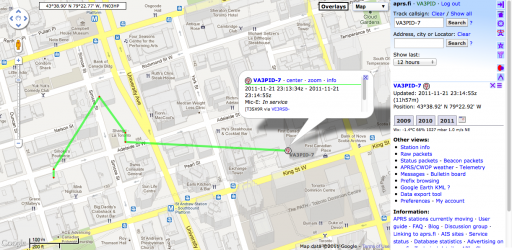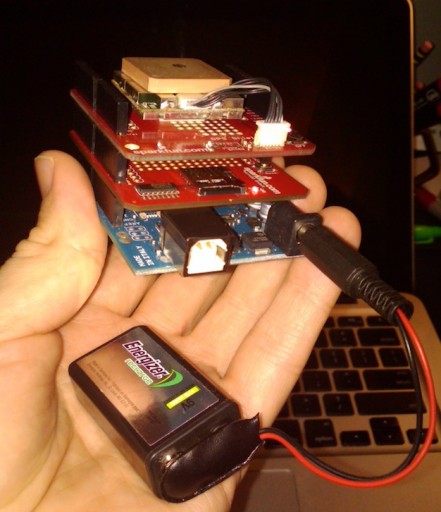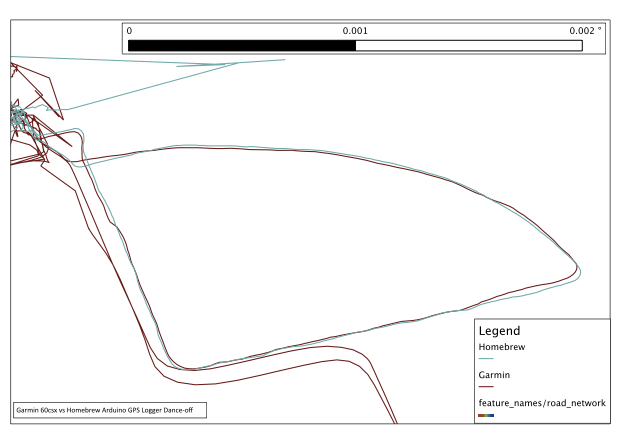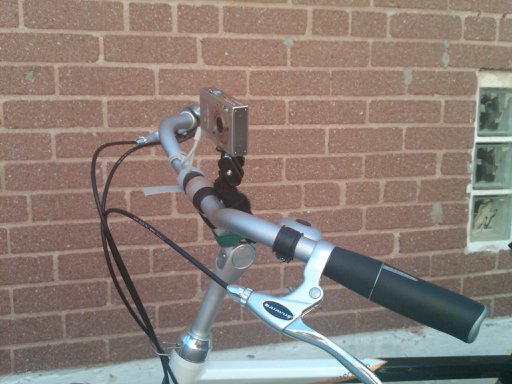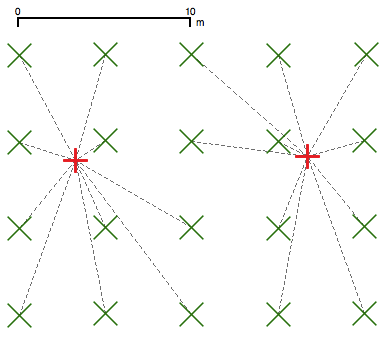I caved, and bought a Garmin nüvi 1490. Not that my GPSMap 60CSx wasn’t great at routing, but remembering to update maps before travel and its fiddly mounting requirements were a pain.
So, two hours of downloading map updates, and I fire it up … to find that the three year old hotel in Dartmouth, NS we were staying in was in the wrong place on the map:
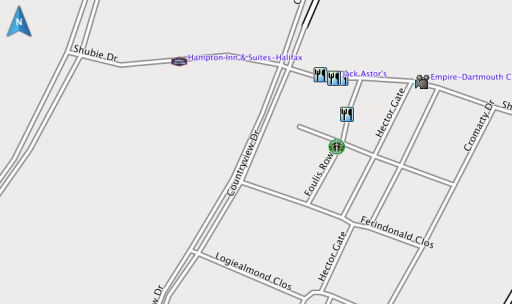 Compare with OpenStreetMap:
Compare with OpenStreetMap:
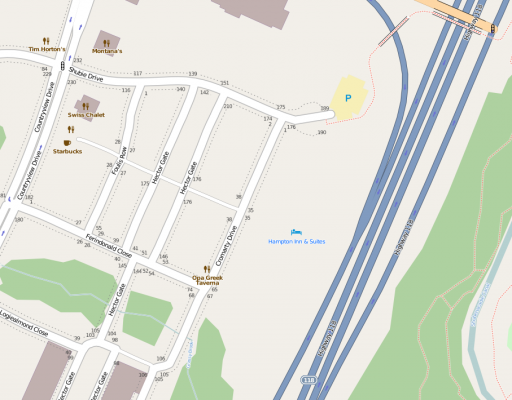 So now, back near home, I ask it to find a post office. Here’s me parked outside one; do you see it on the screenshots?
So now, back near home, I ask it to find a post office. Here’s me parked outside one; do you see it on the screenshots?

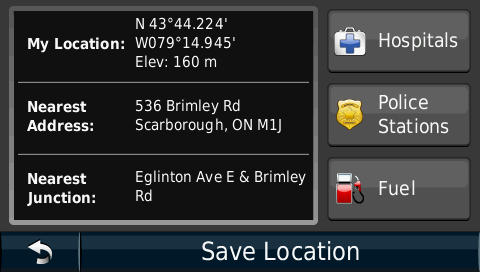 Again, compare with OpenStreetMap:
Again, compare with OpenStreetMap:
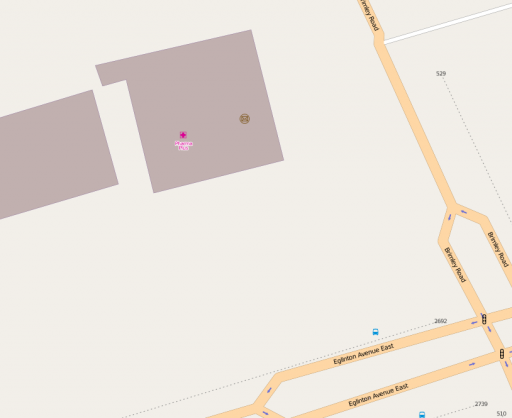 So I thought I’d help Garmin out, but their Report a Map Error page needs me to know the type of my GPS, its serial number, the type and revision of my map, my name and e-mail address, and the coordinates of the error. OSM has me spoiled: at best, I can go in and edit; at second best, I can drop markers on OpenStreetBugs to flag errors for others to fix.
So I thought I’d help Garmin out, but their Report a Map Error page needs me to know the type of my GPS, its serial number, the type and revision of my map, my name and e-mail address, and the coordinates of the error. OSM has me spoiled: at best, I can go in and edit; at second best, I can drop markers on OpenStreetBugs to flag errors for others to fix.
Garmin already has my name, e-mail address, GPS type, serial number and map revision through myGarmin™. The company could just as easily have a web-based map correction system that would be point-and-click. Follow the Leader is one of Garmin’s mottoes. In terms of user correctability of maps, however, they’re only the leader because they don’t know they’ve been lapped.
